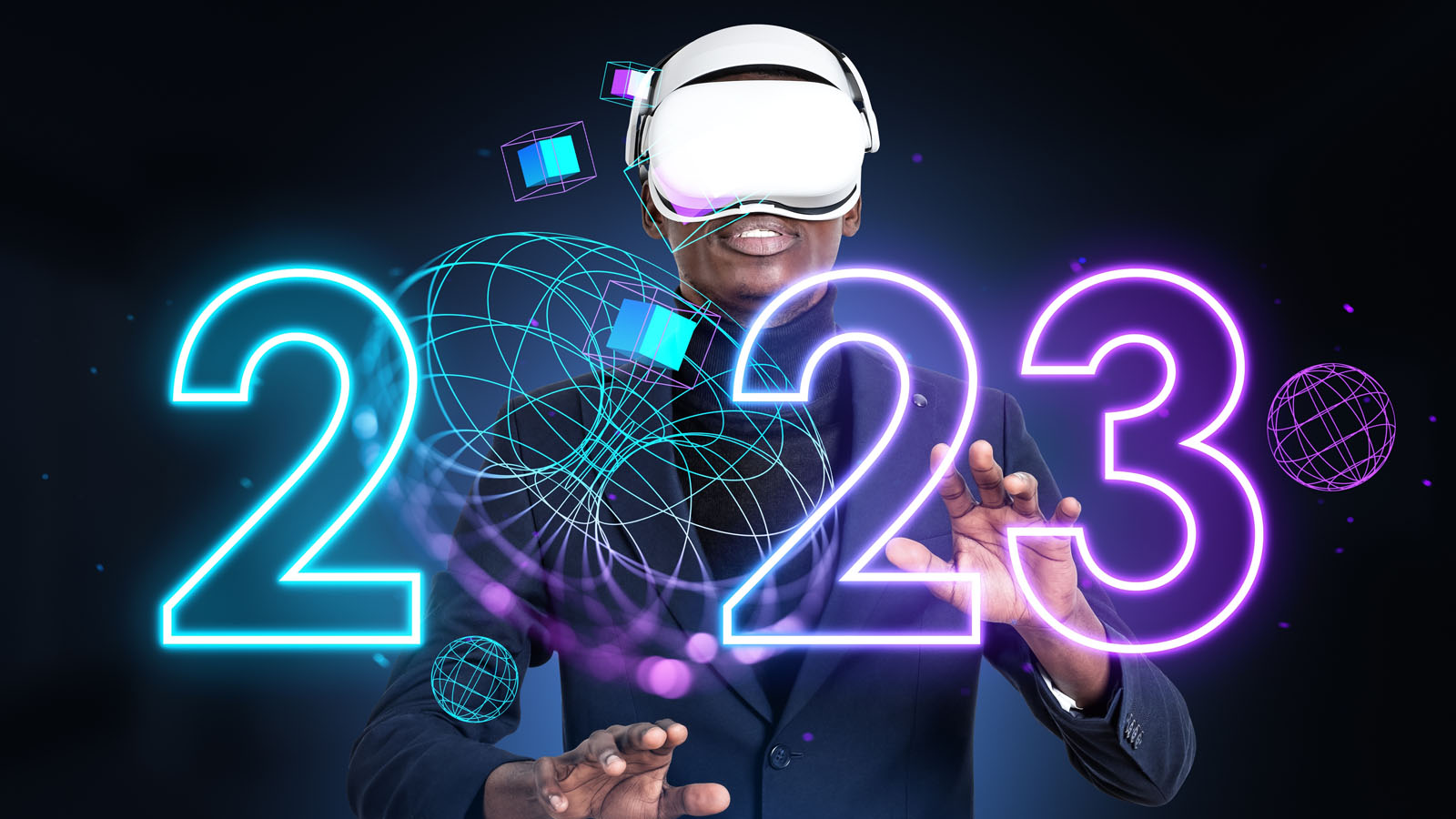Every week, another CEO declares that their relatively traditional corporation is “a tech company.” I applaud the mentality. But talking the talk is very different from walking the walk.
Reenvisioning your traditional company as “a tech company” has a dark underbelly, and that is reskilling your traditional workforce for the digital age. This challenge is especially acute for leaders of very large, publicly-traded corporations, who not only have decades of culture, tradition, and bureaucracy in play, but also have the eyes of the world watching them…and their stock price.
The origins of AT&T date back to the invention of the telephone, and the subsequent creation of the Bell Telephone Company by one of the hottest startup founders of 1879, Alexander Graham Bell. The modern AT&T is hardly a startup: It’s one of the world’s most recognizable and valuable brands, and employs almost a quarter of a million people. Its leaders can’t just wake up one morning and decide to pivot.
Which makes John Donovan’s transformational work there all the more impressive. “Chief Strategy Officer” may sound like a vague job title, but at AT&T, it wields impressive power. His purpose at the company can be summarized as follows: Imagining how people will be using gadgets and networks 10 years from now, and making sure that AT&T is internally disrupting and innovating to be ready for those changes. No simple task, considering that 10 years ago we could have hardly imagined many of the technologies we now take for granted (think about the functionality of your mobile phone, or video game console, or car dashboard in 2006, for example).
I recently had the opportunity to hear Donovan speak in Washington, DC at an American Enterprise Institute event series, The Disruptors. He explained that on the technology side of things, AT&T has “become a software company.” It’s a somewhat aspirational statement, but they’re definitely putting their money where their mouth is. As part of AT&T’s conversion to what the industry terms “software-defined networking,” he drove a project that generated 8.5 million lines of computer code in 18 months — the result being “the central nerve system of how AT&T operates its network.” And counter-traditionally, the company will contribute that code to the open source community.
Fine, you might think, AT&T hired a bunch of coders, and they built some new digital assets. What’s new here? Well, for the cynical in the audience, what’s new is how Donovan is assessing the company’s quarter-billion employees. According to him, roughly 80,000 of them need to be reskilled in order to be able to contribute to the AT&T of the future. That is a very large number. (Companies who employ roughly 80,000 workers include Exxon Mobil, Pfizer, and Delta Air Lines.) Donovan posits, “We’re not aware of any company reskilling its workforce at such scale.” Impressed yet?
How is AT&T going about this grand challenge? In part, by leveraging creativity, gamification, and fresh partnerships. Thousands of employees, for example, have acquired “nanodegrees” on various technology-related topics, thanks to AT&T hooking up with educational upstart Udacity. These serve a number of purposes, including building employee self-confidence, qualifying people for alternative career paths and promotions, and even, anecdotally, setting a good example for the children of employees.
The company also encourages its people to pursue more standard degrees, and through a special program it funds that coursework at 35 universities that include Georgia Tech and the University of Oklahoma. AT&T employees have already taken roughly 1.8 million courses through this program.
Finally, AT&T uses “badges” (not unlike the Boy/Girl Scouts) on their intranet to actively track and display small but meaningful employee achievements and milestones.
Donovan has essentially started de novo and imagined what a digitally-savvy AT&T should look like regardless of the long history of the company. Do tradition and bureaucracy get in the way? Sometimes. Is there a long way to go? Absolutely. But from what I can gather, AT&T is not only talking the talk about being “a tech company,” but they’re also walking the walk, both on the technological, and also on the (potentially more treacherous) workforce level as well.
Disclosure: AT&T is a corporate member of the Application Developers Alliance, whose Developer Workforce Initiative seeks to increase the size, expertise, and understanding of the software developer workforce.
Dr. Mark Drapeau
Sr. Director of Membership, North America









